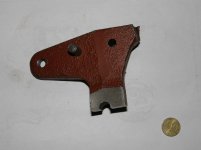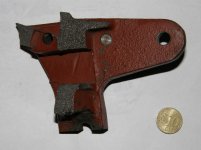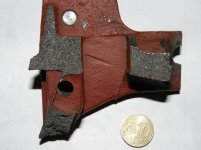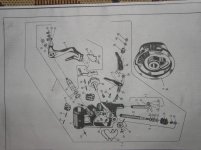maciejka85
New member
- Joined
- Jun 5, 2009
- Messages
- 1
Hello everyone,
I'm a Material Science and Engineering faculty student from Warsaw (Poland). I've found your forum looking for some data concerning machine parts destruction analysis.
Now I'm working on project which goal is to find the way the part was destroyed.
The part which I'm analysing is a part of baler (part of knotter). Materials testing (hardness testing, microstructure analysis)shown that everything was ok with material used in this case but I still don't know what might be the cause of destruction.
Did you ever had a situation when knotter was damaged in this way?(pictures are in attachement)
What kind of situation it might have been?
I'm not a farmer so I'm not familiar with using this kind of machines.
Than you for your help.
Regards
Maciek Karabin
I'm a Material Science and Engineering faculty student from Warsaw (Poland). I've found your forum looking for some data concerning machine parts destruction analysis.
Now I'm working on project which goal is to find the way the part was destroyed.
The part which I'm analysing is a part of baler (part of knotter). Materials testing (hardness testing, microstructure analysis)shown that everything was ok with material used in this case but I still don't know what might be the cause of destruction.
Did you ever had a situation when knotter was damaged in this way?(pictures are in attachement)
What kind of situation it might have been?
I'm not a farmer so I'm not familiar with using this kind of machines.
Than you for your help.
Regards
Maciek Karabin






